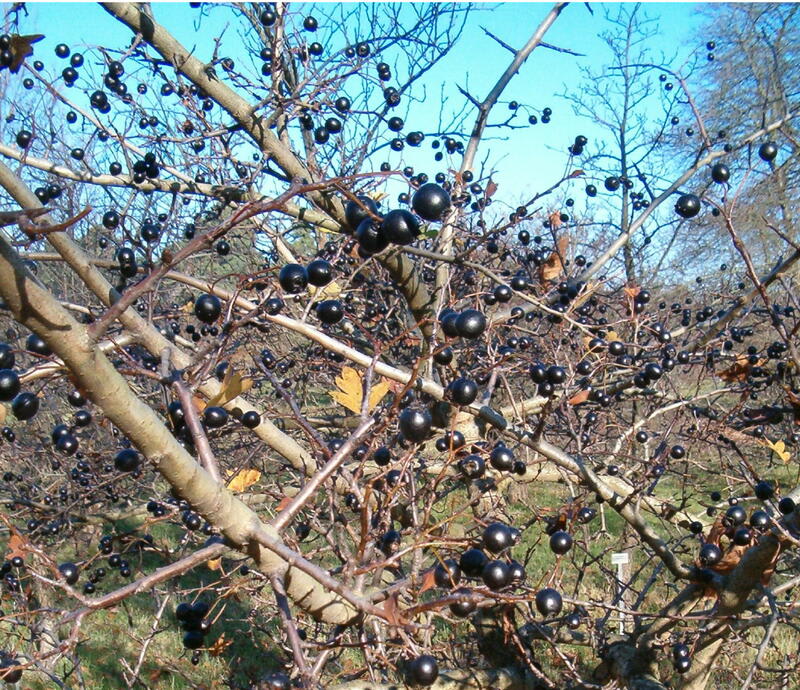
🌿 Morphology
🌞 Growing conditions
🌍 Origin and family
🌾 Uses
Warning: Despite the care taken in writing this sheet, it is essential to cross-reference sources before using or consuming any plant. When in doubt, consult a qualified professional
Permaculture uses
The fruits are edible and can be used to make jams, jellies, and wines. Medicinally, it is used to support cardiovascular health, reduce blood pressure, and alleviate anxiety. In the garden, it is a valuable hedging plant, providing dense cover and thorns for security. It is also a good wildlife plant, providing food and shelter for birds and insects.
Permapeople description
Crataegus pentagyna, also known as five-styled hawthorn, is a species of hawthorn found in southeastern Europe.
Botanical description
Crataegus pentagyna is a deciduous shrub or small tree typically growing to a height of 10-20 feet (3-6 meters). It has a dense, thorny crown and smooth, grayish-brown bark. The leaves are alternate, simple, and ovate to elliptic, with serrated margins. White flowers are produced in corymbs in spring. The fruit is a small, dark red to black pome containing several seeds. It is native to southeastern Europe and western Asia.
Companion planting
Hawthorns generally have good compatibility with a wide range of plants. They can be used as a windbreak or hedgerow to protect more delicate plants. Specific companion planting information for Crataegus pentagyna is limited, but general hawthorn companion planting includes beneficial associations with nitrogen-fixing plants.
Propagation methods
Propagation can be achieved through seed, cuttings, or grafting. Seed propagation requires stratification to break dormancy. Cuttings can be taken from semi-hardwood in summer. Grafting is often used to propagate specific cultivars.
History and traditions
Historically, hawthorns (Crataegus species) have been associated with protection, purification, and fertility. In some cultures, they were planted near homes to ward off evil spirits. The fruits and flowers have been used in traditional medicine for centuries to treat various ailments.
Usage calendar
Flowering occurs in spring (April-May). Fruits ripen in late summer and autumn (September-October). Planting is best done in the dormant season (late autumn or early spring). Pruning should be carried out in late winter or early spring.
